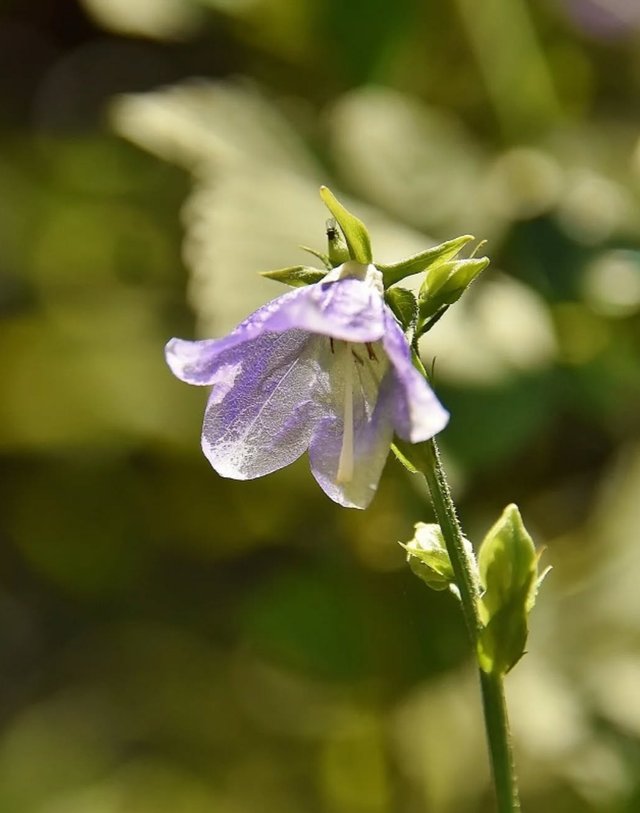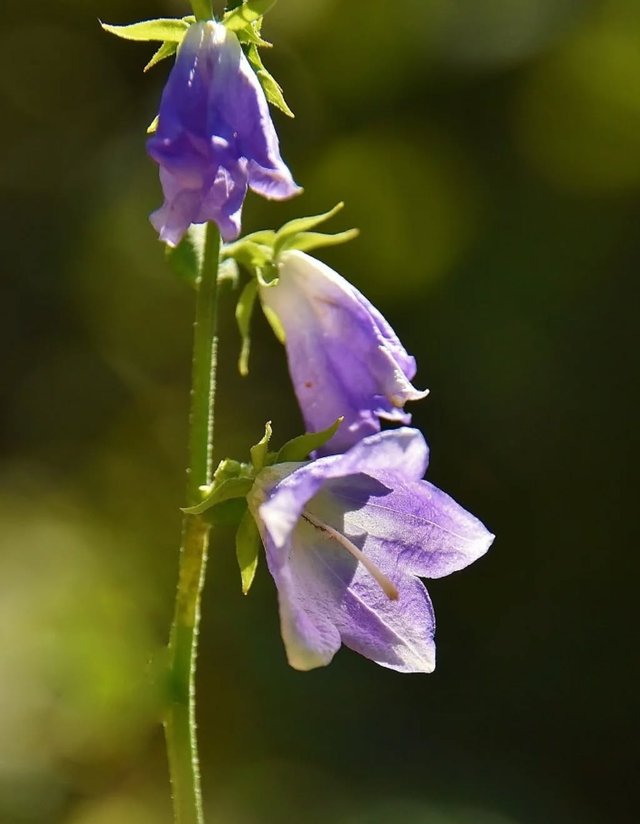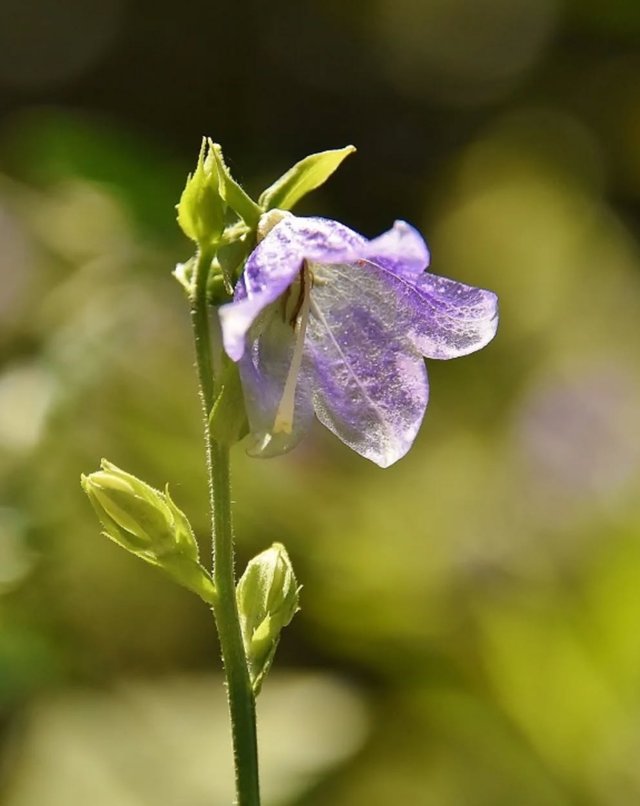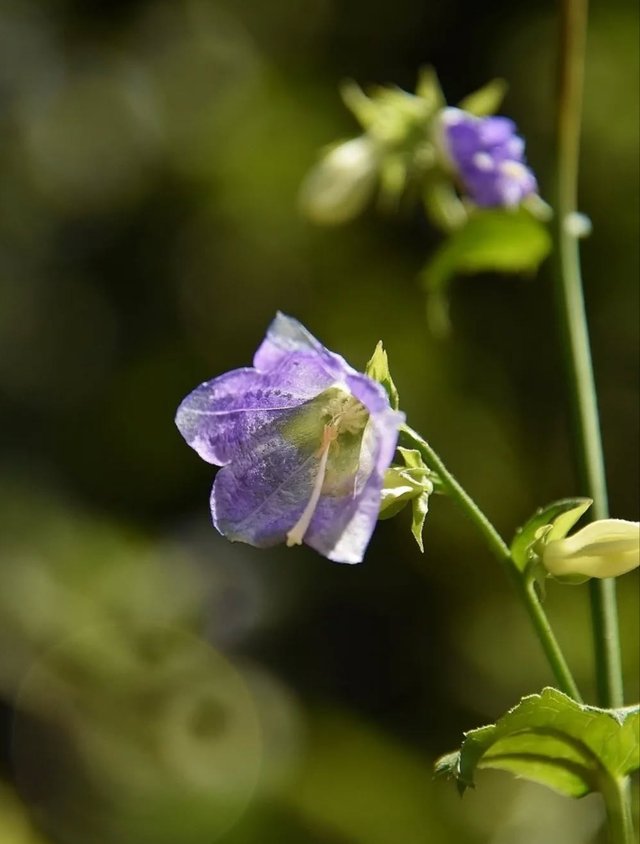Beautiful Harebell Flower
Harebell: The Delicate Bluebell of the Wild
Harebell, also known as the bluebell of Scotland, is a charming perennial wildflower that has captivated poets, gardeners, and nature lovers for centuries. Belonging to the bellflower family, this delicate species is cherished for its nodding, bell-shaped blossoms and its ability to thrive in rugged, windswept landscapes. Found across temperate regions of the Northern Hemisphere—including Europe, Asia, and North America—the harebell embodies both resilience and grace.
Physical Description
Harebells are easily recognized by their slender, wiry stems that can reach heights of 15–45 cm. The flowers, typically pale to deep violet-blue, dangle like tiny bells, giving the plant a whimsical and fairy-like appearance. The lower leaves are rounded, while the upper leaves are narrow and linear, reducing water loss and allowing the plant to withstand dry, exposed environments. Its root system is fibrous and persistent, helping it anchor in thin soils on cliffs, dunes, and rocky grasslands.
Habitat and Distribution
Harebells are incredibly adaptable. They flourish in a variety of habitats, from meadows and coastal dunes to mountain slopes and forest edges. In Scotland and northern England, they are a familiar sight on heaths and moorlands, where their bright flowers dance in the breeze. In North America, harebells can be found on prairies, open woods, and alpine zones. Their ability to thrive in nutrient-poor soils and withstand drought makes them a symbol of endurance in the natural world.
Cultural Significance and Folklore
The harebell has a rich history in folklore and literature. In Celtic tradition, harebells were believed to be enchanted flowers linked to fairies and magical creatures. In Scotland, they are called “bluebells of Scotland,” and their presence in songs and poems reflects themes of longing, remembrance, and unyielding love. Some legends suggest harebells were used by witches in their spells or that ringing the tiny bells would summon fairies. Their association with the supernatural gave them nicknames like “witches’ thimbles” or “fairy bells.”
In Victorian flower language, harebells symbolized humility and constancy. Their delicate form and ability to thrive in harsh conditions perfectly embody these meanings.
| Device | cannon eos 700D |
|---|---|
| Lens | 55-250 zoom leans |
| Location | Bangladesh |




